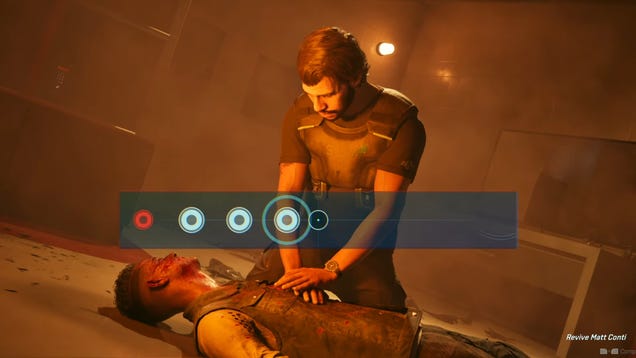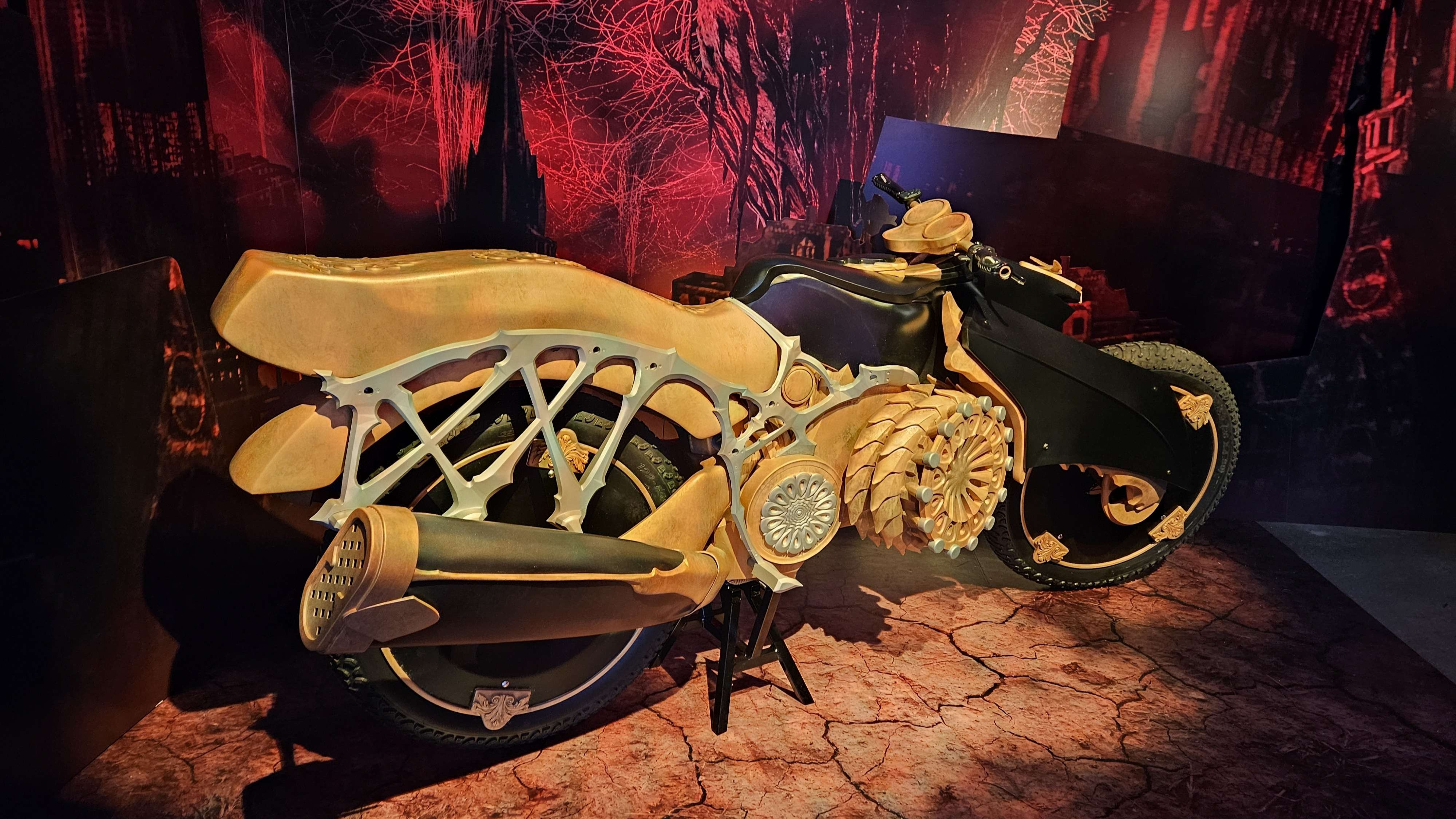
Rebirth Board Game Review

If gaming has an equivalent to A-list celebrities, then the only person in the frame for that honor would be German designer Reiner Knizia. He made his name in the mid-late ’90s with a slew of brilliant games like Ra and Battle Line, which struck a beautiful balance between luck, strategy and player interaction, so much so that the latter still ranks among our picks for the best 2-player board games today. His games were so well received that they’d make a memorable legacy for any designer but, astonishingly, the hits just keep on coming. Last year saw him produce the brilliant Cascadero and now, age 67, he’s come out with the appropriately titled Rebirth.
What’s in the Box
Since this is a tile-laying game, there are a lot of tiles to punch: 144 of them to be exact, across four player colors. These are the most disappointing aspects of production, small, fiddly, slightly flimsy counters that are easily lost and feel like they will wear quickly with the frequent handling required. Each player also gets a little clan board to store spare counters, a score marker and a fun, if superfluous, balloon you flip over when you reach a hundred points.
Thereafter the component quality goes through the roof. The board is double-sided with a map of Scotland on one side and Ireland on the other. The art is lush and green, depicting the titular rebirth: the theme of this game is rebuilding civilization in harmony with nature after an apocalypse. That doesn’t really come through in the mechanics – as is often the case with Knizia – but it certainly does through the presentation.
Yet the board layout is clear and functional despite all the little artistic flourishes you can enjoy. The accompanying decks of cards don’t have any art but are still presented in a matching style and are equally clear and usable.
In keeping with the theme, each player also gets a set of 3D castle and cathedral pieces, intricately detailed sculptures of celtic-style buildings. They’re really delightful, not only for the visual aesthetics but because they’re not cold plastic but feel like pleasantly-textured resin. In fact, they’re RE-Wood, a new technology that allows recycled wood to be molded in great detail while still remaining recyclable. It’s lovely stuff, which we will hopefully see much more of in future releases.
Rules and How it Plays
Rebirth is actually two related games in one box. There’s a basic version, played on the Scotland side of the board and a more advanced version, played on the Ireland side. The rules for Scotland are incredibly straightforward. On your turn, you pick up a tile in your supply. If it shows a food or energy symbol, you can place it on any hex showing the same icon, and it will score you points equal to the number of continuous adjacent matching tokens. If it shows one or more house symbols you can place it in a town, a delineated area which isn’t scored until it’s full, at which time it scores points for the players with the most house symbols in the group.
Many hexes are also adjacent to castles or cathedrals. If you place in one of these, you can assign one of your delightful RE-wood pieces to the adjacent feature. Castles are worth a handy five points at the end of the game, but there’s a catch. If another player can get more adjacent hexes to a castle you own than you have, then they can remove your castle piece and replace it with theirs. Cathedrals, by contrast, can be shared. Each one you place allows you to draw a mission card, which you can fulfil for extra points.
That’s pretty much the whole deal. Yet in Knizia’s trademark near-magical style, these easy rules blossom into a whole set of madly competing priorities from the very first placement. Castles are worth immediate points, but they have to be defended, and the missions cathedrals grant can be worth more in the long run, so getting them early gives you more control into the endgame. Is it worth more to capture a castle or cathedral over extending a run of tiles and getting bigger points? Are any of these more valuable than blocking an opponent’s run of tiles, or progressing a mission card instead? And let’s not even start on the relative merits of when and if to finish filling out a town.
All these competing priorities make the process of placing a single tile far more engaging and dynamic than it sounds. Most don’t have hard answers, and take experience and educated guesswork to muddle through, ensuring the game doesn’t get bogged down in analysis paralysis. And as things progress and placement options become more limited, the race for control of castles and to finish missions ensures that there’s no let-up in terms of tension as options dwindle. Well-timed and well-placed late tiles can be crucial in determining the overall victor.
At the same time, the fact you pull a random tile each turn gives more longevity than you might anticipate to playing over and over on the same map. Because of the chaotic tile order and the interactions between the players, no two games unfold in the same way. And, although the game does get more interesting – and slightly longer – as you add players, it’s still a lot of fun with two, though three players is a sweet spot. This is, however, where the simplicity of the base design begins to show some weakness. Once you’ve learned the ins and out of the Scotland map, the game does start to feel a little lightweight.
This, of course, is the ideal time to move to Ireland. The basic rules for castles and placement are the same, although there’s a bigger town and a lot of unmarked hexes where you can place either food or energy tiles as you prefer. Cathedrals have been replaced with towers, adjacency to which wins you a bonus depending on a random tile assigned to the tower such as a score bonus, or an immediate extra turn. The mission cards you earned from cathedrals are replaced with eight public cards which are all a race, giving top points to the first player to complete, and a more modest reward for those who manage it thereafter.
So: you still have all the same competing priorities you had to juggle when you were playing Scotland. But, on top of that, it dumps a whole load of additional stuff to consider from the very first turn: you’ve got an additional eight public missions, and six different tower effects. While it isn’t a big step up in terms of rules weight, it feels like a huge step up in terms of depth, especially for the first few games on the new board, when the sheer number of factors you need to consider when placing one tile can be almost crushing. It’s a very different kind of depth to the slowly snowballing web of actions and resources that characterize more complex strategy board games because it’s front-loaded, but it’s depth nevertheless.
It’s almost too much in terms of adding to the decision-making, especially for more casual players, but it’s inarguable that it’s an effective way to address concerns that the Scotland side of the board is too straightforward. However, it can weirdly reduce the sense of competition for board space that Scotland has. With so many other priorities, the uncertain rewards of blocking other players, or trying to steal their castles, tend to take a backseat. Over time, as you get used to all the competing demands, Ireland shows its own rewards as a slower, more reflective, but still very engaging version of the game.








